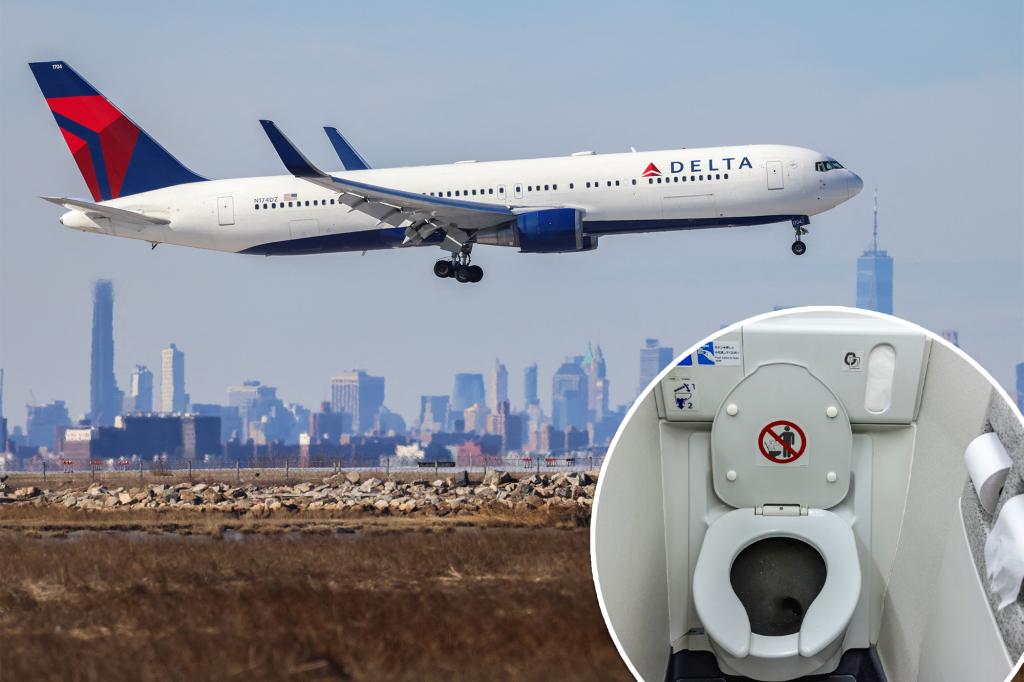A Delta flight from Boston to Rome was diverted to New York City after a passenger experienced severe diarrhea while onboard. The Airbus A330 turned around over the Atlantic Ocean about an hour into the flight and landed at JFK, where the 281 passengers were transferred to another plane. The Delta spokesperson attributed the diversion to a “customer medical issue en route” but did not provide specific details about the incident.
According to @OnlyInBoston on Twitter, the passenger had severe bouts of diarrhea all over their seat, leading to the diversion of the flight. Delta representatives apologized for the delay and thanked customers for their patience as they continued their journey to Rome the next morning. The original airplane was back in service about 20 hours after the incident occurred, with Delta acknowledging the situation as an “accident.”
This incident is not the first time a Delta flight had to be diverted due to diarrhea. In a previous infamous incident in September, a Delta flight from Atlanta to Barcelona had to make an emergency landing after a passenger soiled themselves midflight. The pilot informed air traffic control of the biohazard issue and requested a return to Atlanta due to the passenger’s diarrhea spreading throughout the cabin.
During the aftermath of the incident, footage showed a brown trail down the length of the airplane aisle with paper towels covering the heavily soiled areas in an attempt to hide the mess. The mention of a “brownout” occurred during this situation, emphasizing the biohazard concern and the need for the flight to divert for safety reasons. Delta has had past experiences with passengers experiencing health issues that lead to the diversion of flights, with procedures in place to handle such situations.
Delta’s handling of in-flight medical emergencies, including cases of severe diarrhea, involves diverting the flight to ensure the safety and comfort of all passengers and crew onboard. While incidents like these can be disruptive and potentially unpleasant for those involved, they highlight the importance of responding to health issues promptly and efficiently. Passengers are typically accommodated and transferred to alternate flights to continue their travel plans while the affected airplane undergoes inspection and cleaning before returning to service.


